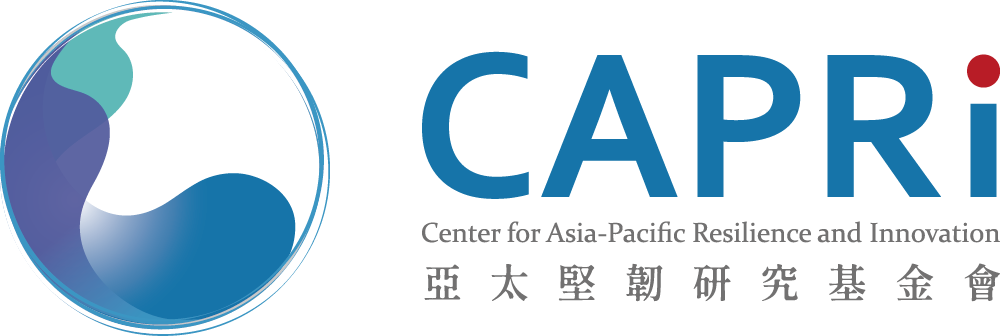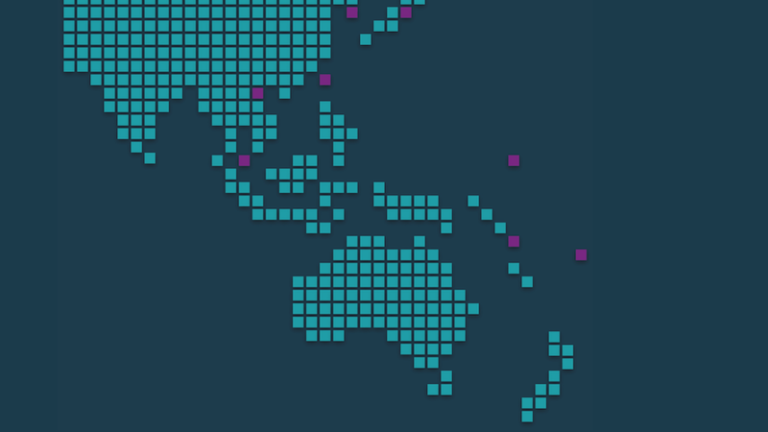With the arrival of the Omicron variant, news outlets have exploded into a discussion about the dangers of vaccine inequity. Many experts have pointed to the fact that the variant was discovered in South Africa as evidence of the long-anticipated possibility of a new variant developing in regions that have low vaccination rates. In contrast, an Economist article argued that Omicron emerged much earlier. According to the article, Omicron branched off long before Delta.
Even if vaccine inequity is not to blame for this current variant, vaccines will help reduce the impact of Omicron. As Michelle A. Williams, the dean of the Harvard Chan School of Public Health and co-chair of the Reform for Resilience Commission, said during the Asia-Pacific Hub’s event Vaccination and beyond: Lessons for ending the pandemic from the Asia-Pacific region, Europe, and the U.S: “The devastating spread of COVID-19 has demonstrated how closely our fates are linked.”
Vaccines are essential for reducing the transmission of the virus, easing the burden on healthcare systems, and for reducing the severity of symptoms in affected persons. Although more data on Omicron is needed, both Emer Cooke (Executive Director of the European Medicines Agency) and Oxford University agree that current vaccines will continue to provide some level of protection against new variants such as Omicron. Populations which have higher vaccination rates will be more resilient to Omicon’s effects, and this is why ensuring global vaccination is so important. As José Manuel Barroso, the co-chair of the Resilience Commission, the chair of Gavi, and former president of the European Union, stated, “When it comes to global public goods like public health, we have a moral obligation to cooperate.”
In pursuit of this goal, the Reform for Resilience’s Asia-Pacific Hub released a report recently which outlines challenges to vaccination that affect countries in the Asia-Pacific where the vaccination rate still lags behind Europe and the United States. The report indicates that Asia-Pacific faces a triple challenge when it comes to vaccinating the region.
First, there needs to be equitable distribution of vaccines. Even the very definition of what can be considered “vaccine” is unequal—as Yik Ying Teo (National University of Singapore) explained—because not all vaccines are recognized by the World Health Organization and the price difference between these vaccines also varies wildly. In absence of a coordinated regional strategy, many countries in the Asia-Pacific employed flexible trading mechanisms and vaccine diplomacy in order to obtain vaccines from countries that have an excess supply of vaccine doses. To distribute vaccines more equitably, these measures should be coordinated in ways that complement direct purchasing from manufacturers to create a regional distribution strategy. Engaging all members in the region will help overcome purchasing and bargaining inequalities and guarantee that all countries in the region are adequately provided for.
Beyond solving distribution issues, healthcare systems need to ensure that these shots make it into the arms of people who need its protection. When misinformation is rampant, vaccine hesitancy can keep people from deciding to get vaccinated. Using trusted sources, health systems need to clearly communicate the importance of being vaccinated to reduce mistrust of vaccines. As the report notes, “even with a sufficient and equitable vaccine supply, the swift rollout of vaccination programs depends on adequate infrastructure and public confidence.” Additionally, Eng-Kiong Yeoh (China University of Hong Kong) advocated for governments to supplement efforts to educate the public with social factors such as providing social rewards and emphasizing social responsibility.
The last challenge indicated in the hub’s report is that of agile manufacturing. To meet fluctuating demands in drug and vaccine manufacturing, contract development and manufacturing organizations (CDMOs) must not only be established in countries that are flexible enough to mobilize and manufacture and export COVID-19 vaccines when there is a surge in demand, but they must also have enough financial viability to withstand periods of lower demand as COVID-19 transitions from pandemic to endemic. Another barrier to agile manufacturing is the lack of harmonized regulations. Inconsistencies between different regulations create confusion and delays within the manufacturing and distribution process. With support from policymaking and regulatory institutions, agile manufacturing capacity can be developed and harmonized regulations will facilitate the process of manufacturing and distributing vaccines between countries.
Further stressing the importance of harmonized regulations, Pam Cheng (AstraZeneca) noted that AstraZeneca’s production of vaccines was halted more than once due to export restrictions and global material shortages, showing that a robust pharmaceutical supply chain is a critical component of vaccine manufacturing.
As Omicron and other variants spread globally, it becomes even more critical to ensure that all countries have access to vaccines. By building upon the solutions outlined in “Resilience in the Asia Pacific: Vaccines and the ‘Triple Challenge,’” it will be possible to create more resilient global systems that can reduce the proliferation of new COVID-19 variants and can handle the challenges of dealing with them. As Malcolm Turnbull, former Prime Minister of Australia and the co-chair of the Reform for Resilience Commission, said, “The virus has transformed our perspective on public health around the world. Today is the time to rebuild and embed the health resilience we need for the future.”
Read the report on the website for the Asia-Pacific Hub of the Reform For Resilience here.




